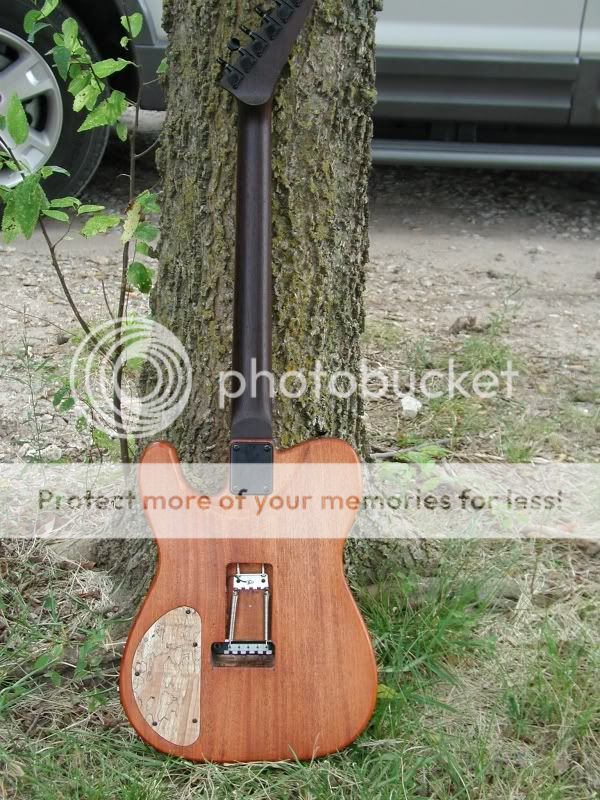=CB= said:I know you don't. The question was designed as a possible provocation to to encourage your exploration to see what's really resonating, and how it effects tone.
My postulation is simply - the most resonant part, is the part that resonates most. On an acoustic guitar - the top. On a solid body, the neck. On a thinline, the neck and body. On a chambered guitar, mostly neck with some body. Its proportional of course, where the acoustic is all about top, and the solid body is very very much about neck (2nd only to pickups)
Well I understand that, except that resonance is an acoustical quality. Magnetic guitar pickups don't pick up the acoustics of a guitar - they pick up the vibrations from the strings. The vibration of the strings is influenced by the woods, because of the way they are dynamically connected to the body and neck. The point i was making earlier is that the wings or outermost parts of the body aren't under the direct tension from the strings, so that the outermost parts of the body aren't really influencing the sound coming out of your pickups. As such, I didn't think the additional body mass of a tele would have any real influence on the sound. In retrospect, I don't think I was right tho, because even if the vibrations of the "wings" isn't directly feeding the strings in some way, the presence of additional mass around the center will affect how that central piece resonates.
I wasn't saying anything about neckwood one way or the other. I don't think...
I wish I was better at describing/explaining things. I have such a strong visual in my mind and it all seems to clear to me.



